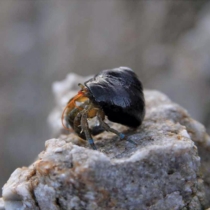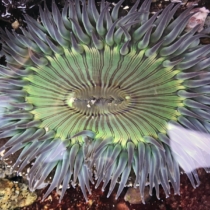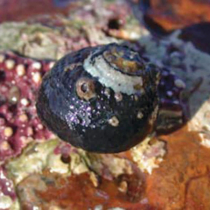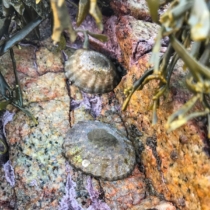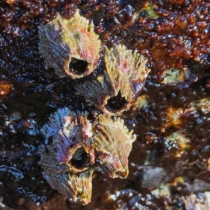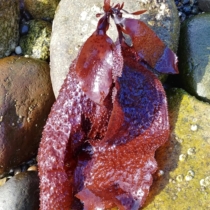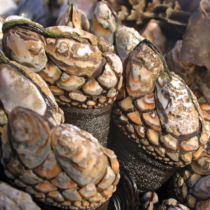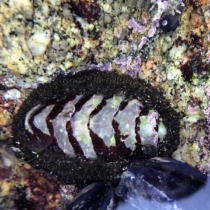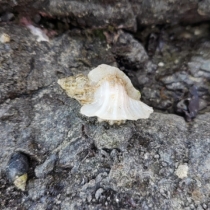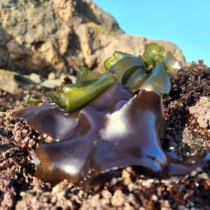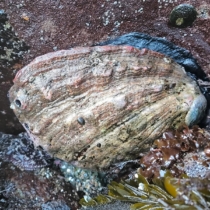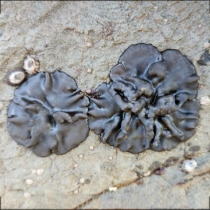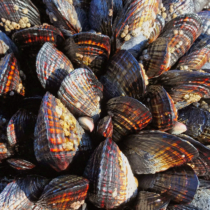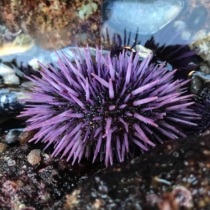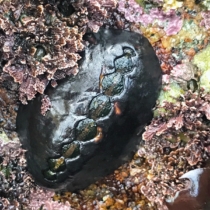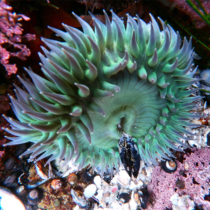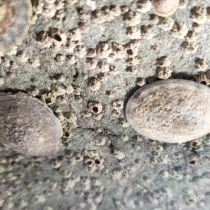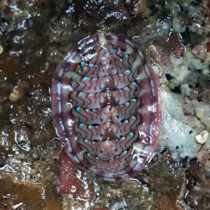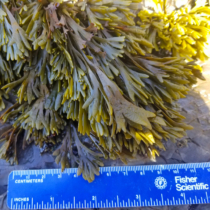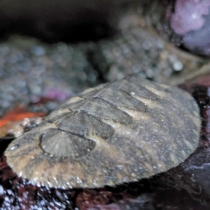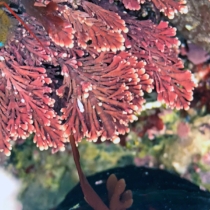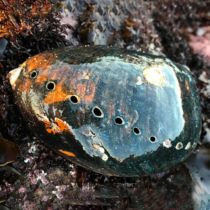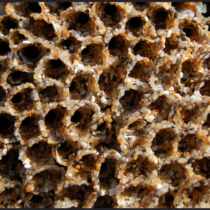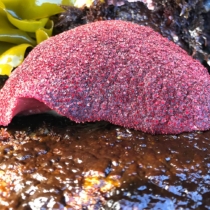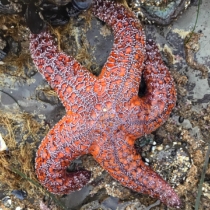We collected data about sand crabs from Ocean Beach. From the data, we came up with a question about the sand crabs, and supported it with the data we collected. We compared our findings to that of other scientific resources, like the “Pacific Mole Crab” article. We were able to see if sand crabs changed from the time the articles were made to now. When we looked at the findings, we could come up with possible causes. We gathered the information and began to put it into a blog. This process helped us become more confident in science and in writing. It’s amazing that our research is contributing to the scientific world.
At Ocean Beach we were able to participate in the field with theLiMPETS program by collecting sand crab data. We got there at 9am on a Saturday so no one was really thrilled to get started. However, once we got working, our moods changed. It was a lot of fun digging up the sand crabs. The reason we were doing this was because we were counting the number of males, females, and recruits and also measuring their size. This was our task so we could compare our data to that of other years to see if the population is increasing, decreasing, or staying the same. It was a great experience for all of us. I think that this field project has definitely opened many of the classes eyes to the idea of following the path of a Marine Biologist in their future.
If anyone was unable to go to Ocean Beach, there was still a way for them to participate. After a few days of the field work we began to blog. Blogging was a great learning tool for all of us because it showed us how being a field scientist doesn’t mean you are always in the field. We were able to learn how to construct a good blog that talked about our findings. Our blogs showed our data, why that data is what it is, and how it compares to other years data. It was a long and difficult task to complete the blogs but when they were done, we were relieved. The reason for why we wrote what we found in a blog was because then other people would be able to comment on it and give us their input to help make our blog better.
Science is a very important part of life, and the participation of students in science is very beneficial. Getting students involved allows them to experience the world of science. They learn how to “do” science, meaning they learn how to process data and come up with possible reasons for what they find in their research. Moreover, students can learn how science affects our daily lives. After doing research on sand crabs, we were able to understand how serious of an impact oil spills have on the ecosystem. We were also able to take our knowledge about sand crabs and use it during discussions in class and outside of class. When students experience science, they are able to use what they learn in the future. Learning how to process information helps improve many skills that people will use in their life, like interpreting data, and it allows them to know how to contribute to science.




